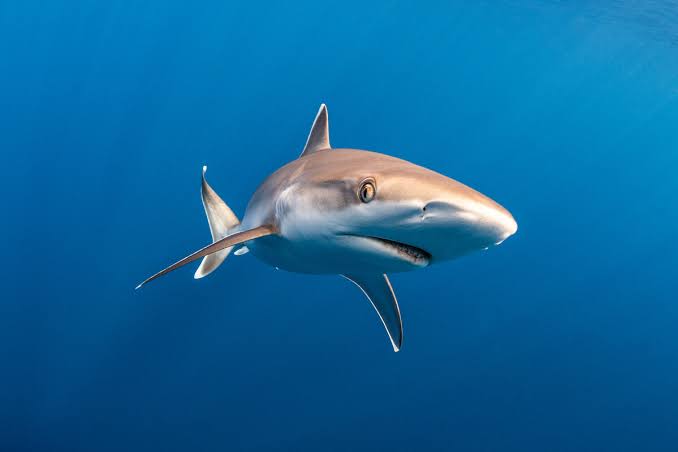0 Comments
0 Shares
0 Reviews
Sponsored

Directory
Genuine Profiles ONLY! Connect & Create. Be Rewarded. With Danloader, You Get to Find only genuine people, create genuine connections, and make genuine friends. You also earn rewards.
-
Please log in to like, share and comment!
-
Hello everyone. How Are you doing✌Hello everyone. How Are you doing✌👋😍0 Comments 0 Shares 0 Reviews1

-
-
Leny Yoro on Instagram: “NEW START”.🔴❤️ Leny Yoro on Instagram: “NEW START”. ✨0 Comments 0 Shares 0 Reviews
-
-
Never judge people for who they are, many people go through alot #positivemindNever judge people for who they are, many people go through alot #positivemind0 Comments 0 Shares 0 Reviews1

-
Definition of “Made in La Masia”.Definition of “Made in La Masia”. 🔵🔴✨0 Comments 0 Shares 0 Reviews
-
-
3 Shark Facts That May Surprise You
1. Sharks do not have bones.
Sharks use their gills to filter oxygen from the water. They are a special type of fish known as "elasmobranchs", which translates into fish made of cartilaginous tissues—the clear gristly stuff that your ears and nose tip are made of. This category also includes rays, sawfish, and skates. Their cartilaginous skeletons are much lighter than true bone and their large livers are full of low-density oils, both helping them to be buoyant.
Even though sharks don't have bones, they still can fossilize. As most sharks age, they deposit calcium salts in their skeletal cartilage to strengthen it. The dried jaws of a shark appear and feel heavy and solid; much like bone. These same minerals allow most shark skeletal systems to fossilize quite nicely. The teeth have enamel so they show up in the fossil record too.
2. Most sharks have good eyesight.
Most sharks can see well in dark lighted areas, have fantastic night vision, and can see colors. The back of sharks’ eyeballs have a reflective layer of tissue called a tapetum. This helps sharks see extremely well with little light.
3. Sharks have special electroreceptor organs.
Sharks have small black spots near the nose, eyes, and mouth. These spots are the ampullae of Lorenzini – special electroreceptor organs that allow the shark to sense electromagnetic fields and temperature shifts in the ocean.3 Shark Facts That May Surprise You 1. Sharks do not have bones. Sharks use their gills to filter oxygen from the water. They are a special type of fish known as "elasmobranchs", which translates into fish made of cartilaginous tissues—the clear gristly stuff that your ears and nose tip are made of. This category also includes rays, sawfish, and skates. Their cartilaginous skeletons are much lighter than true bone and their large livers are full of low-density oils, both helping them to be buoyant. Even though sharks don't have bones, they still can fossilize. As most sharks age, they deposit calcium salts in their skeletal cartilage to strengthen it. The dried jaws of a shark appear and feel heavy and solid; much like bone. These same minerals allow most shark skeletal systems to fossilize quite nicely. The teeth have enamel so they show up in the fossil record too. 2. Most sharks have good eyesight. Most sharks can see well in dark lighted areas, have fantastic night vision, and can see colors. The back of sharks’ eyeballs have a reflective layer of tissue called a tapetum. This helps sharks see extremely well with little light. 3. Sharks have special electroreceptor organs. Sharks have small black spots near the nose, eyes, and mouth. These spots are the ampullae of Lorenzini – special electroreceptor organs that allow the shark to sense electromagnetic fields and temperature shifts in the ocean.0 Comments 0 Shares 0 Reviews -
Sponsored
Sponsored
Sponsored










